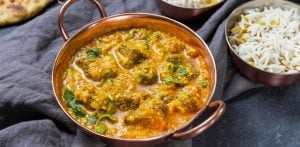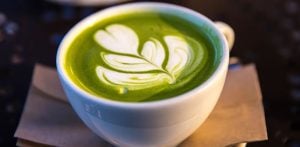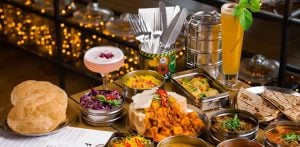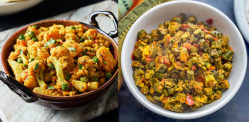"Northern cities dominate Britain's curry scene"
Few dishes define Britain’s culinary landscape as much as curry.
Once introduced through colonial ties and migration, curry has transformed into a staple of everyday British dining.
Chicken tikka masala, often described as Britain’s unofficial national dish, reflects how fully Indian cuisine has been embraced.
The numbers underline that dominance.
The UK is home to an estimated 12,000 Indian restaurants, employing around 100,000 people and generating revenues of £4.2 billion annually.
This popularity has deep roots. In 1810, London welcomed its first Indian restaurant, The Hindoostanee Coffee House.
The capital has since built a reputation for variety, with more than 3,600 Indian restaurants today, more than the combined total in Delhi and Mumbai.
Yet despite its rich history, London has missed out on the top spot in a new study. In fact, the capital failed to make the top five.
The research, conducted by CryptoCasinos, analysed which cities could claim to be the UK’s true curry capital.
Using restaurant density, takeaway availability, online searches, curry-related events, and customer ratings, each city was awarded a weighted Curry Capital Score out of 100.
Restaurant density carried the most importance, accounting for half the overall score.
What is the UK’s ‘Curry’ Capital?

With a score of 79.82 out of 100, Manchester claimed the title, comfortably beating its rivals.
The city boasts 49.30 Indian restaurants per 100,000 residents, the highest density in the UK.
Its residents also enjoy strong takeaway options, with 138.81 curry outlets available per 100,000 residents on delivery platforms such as Uber Eats.
This dominance is embodied by the city’s famed Curry Mile.
Located in Rusholme, the street became synonymous with South Asian cuisine and remains a major attraction for locals and visitors alike.
It once held the record for the highest concentration of South Asian restaurants in the UK. Today, it continues to showcase Indian, Pakistani, Bangladeshi, and Sri Lankan flavours, reinforcing Manchester’s position at the heart of Britain’s curry culture.
Manchester’s reputation is not just based on numbers.
The presence of longstanding family-owned restaurants alongside newer, trend-driven establishments highlights how the city blends tradition and innovation.
From late-night takeaways to fine dining experiences, the variety mirrors how curry itself has adapted to suit British tastes without losing authenticity.
Northern Cities Dominate

While Manchester took the crown, the study revealed a clear regional pattern: northern cities lead the way.
Newcastle upon Tyne came second with a Curry Capital Score of 73.69. The city recorded a restaurant density of 47.30 per 100,000 residents, only slightly behind Manchester.
Newcastle also ranked first for delivery availability, with 162.18 curry takeaways per 100,000 residents.
Demand is reflected in online behaviour too, with 730 average monthly searches for curry-related terms.
Restaurants in the city also maintain a strong average rating of 4.13, demonstrating both popularity and quality.
Leicester secured third place with 63.45 points. Known for its large South Asian community, the city’s score was boosted by 43.43 restaurants per 100,000 residents and 102.18 delivery options per 100,000.
Leicester also excelled in cultural engagement, receiving a perfect score of 5 for curry-themed events, tying with London and Bradford.
These festivals and community gatherings reflect the love of food and how curry serves as a unifying force in multicultural Britain.
Leeds and Bradford rounded out the top five, further strengthening the northern dominance.
London was in ninth place, generating the most curry-related searches at 17,200 per month.
But the capital has just 17.21 restaurants per 100,000 residents and only 8.21 delivery options per 100,000.
A spokesperson summarised the trend: “The data reveals a clear pattern.
“Northern cities dominate Britain’s curry scene, with four of the top five cities located in the North of England.
“Manchester, Newcastle, Leeds, and Bradford combine high restaurant density with strong delivery infrastructure and genuine local enthusiasm for Indian cuisine.”
This regional shift highlights how curry culture has expanded far beyond its London origins. While the capital remains significant, the heart of Britain’s curry scene now beats in the North.
Curry’s journey in Britain has been long and transformative.
From the opening of the first Indian restaurant in London in 1810 to the bustling curry houses of Manchester, Indian cuisine has evolved into a national favourite.
Today, curry represents more than just food. It symbolises community, cultural exchange, and the ability of Britain to embrace global flavours as its own.
The North of England is where this love affair shines brightest.
As curry continues to dominate the British dining scene, its story is still being written.
Whether through a traditional restaurant, a modern takeaway, or a vibrant festival, one thing is clear: curry remains at the heart of British food culture.






























































